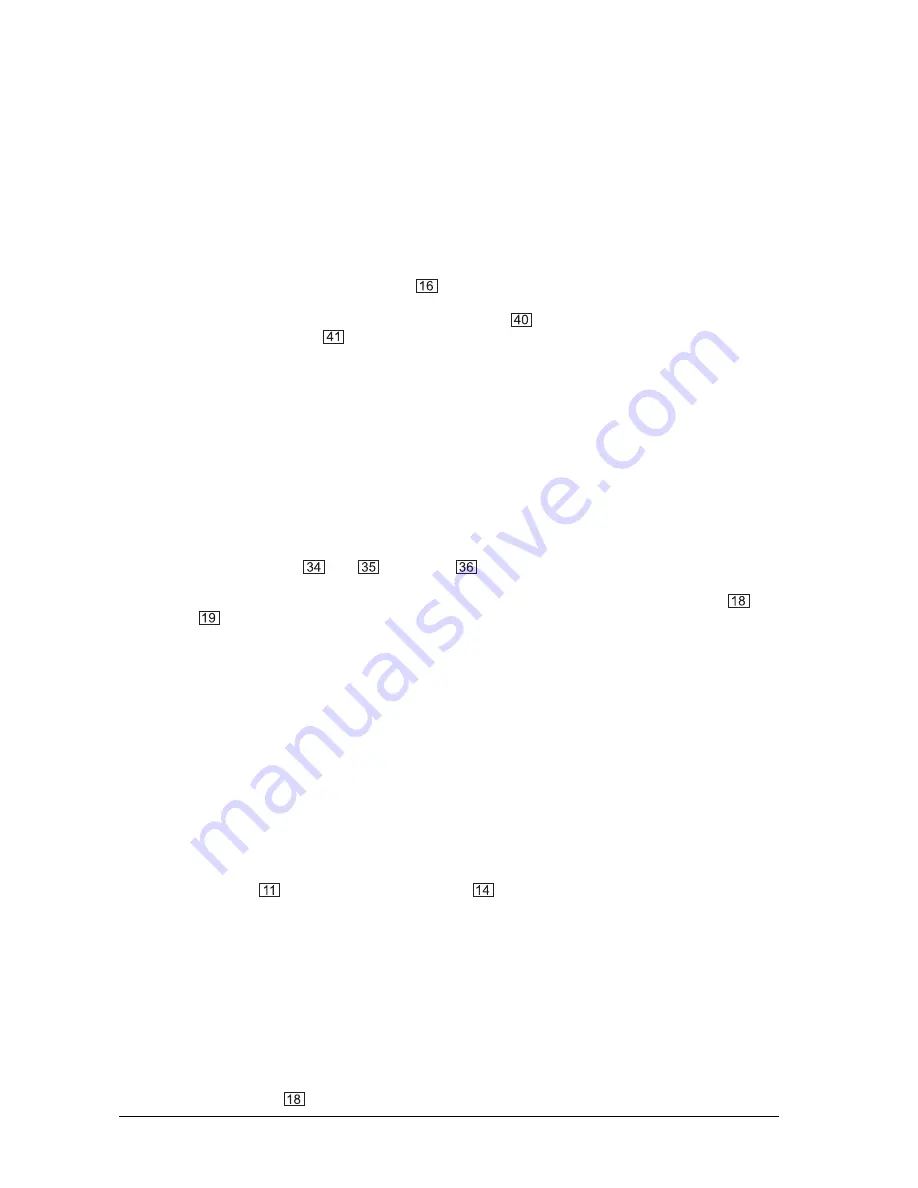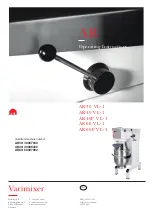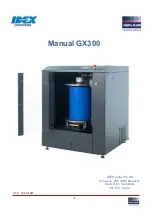
12
operation. This means that they are only active when your finger (or other appendage) is
actually holding them down, like the keys on a MIDI keyboard. These are ideal for executing
transformations or sample-triggering, as you will very quickly find as you get into using your
DX500.
J
Try running a rhythm track through channel 2 (cross fader fully to the left). Now use the
PUNCH 3 button to manually chop in a sustained signal like orchestral music, ambient sounds,
noise, whatever.
4.4 Effects loop
Between faders 2 and 3 lies the EFFECT button
. Depressing the EFFECT button will interrupt the signal
flow between the main mix and MAIN OUT / ZONE OUT. You can send the output of the DX500 to an external
signal processing device by using the EFFECT IN/OUT SEND
and return the processed signal via the
EFFECT IN/OUT RETURN jack
. Use this feature to connect an equalizer, limiter, denoiser or even an
echo or delay. When the effect button is depressed the corresponding LED lights up.
+
To prevent accidental cancellation of the output signal it is recommended to connect the effect
output directly to the effect input with a stereo cinch cable or with two bridges in case you do
not insert any effects devices.
,
At the effect send the master signal is always present. If you are not using the send for an
effect you can use it either as a record out or as a feed for a light controller. Because the send
is pre-fader the recording is unaffected by the setting of the main volume or zone volume.
4.5 Outputs
Stereo outputs include MAIN
and
and ZONE
(Max. 28 dBu balanced, +22 dBu unbal-
anced). Both are on cinch pairs, with MAIN additionally being available on professional balanced XLR-type
connectors. Level to these outputs is controlled by a pair of rotary controls marked MAIN OUT
and
ZONE OUT
, top right on the top panel. The MAIN OUT level is always displayed on the precision VU
bargraph meters unless PFL is deployed.
+
Watch the output meters! Remember - distortion is not volume, and any distortion introduced
before the power amplifiers and speakers will worsen your sound and cause amps and speak-
ers to clip sooner.
MAIN would normally feed the main P.A. system (or Hi-Fi amp if you are mixing at home). The ZONE stereo
output is designed to be used for feeding the mix into a separate sound system such as DJ foldback, or a
different room or area in a dance club.
5. PFL AND HEADPHONES
5.1 PFL : Pre-Fader Listen
When any PFL button
is depressed the main meters
will change to displaying PFL level.
PFL is the
way to hear, cue and set up a piece of music before you play it out in the mix.
J
In the club environment, things get messy. You cant hear any sound in isolation, either on a
foldback system or headphones, because both are to some extent drowned out by the main
P.A. system. You should, however, be able to hear the PFL signal loud enough to detect the
beat, cue starts etc. What you cant do is to judge by ear exactly what level the next track will
come in at. For that you must use your eyes, and the highly-accurate bargraph VU meters.
PFL is also used to accurately set input GAIN. With a channels PFL button engaged (DOWN) you can
accurately set the input GAIN by making a typical noise and observing the main meters.
+
If you are in the habit of slamming the channel faders all the way up (+6 dB), try to keep your
MAIN OUT control
at a compensatory lower level to make sure you dont risk distortion. To
5. PFL AND HEADPHONES








































